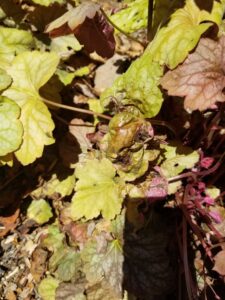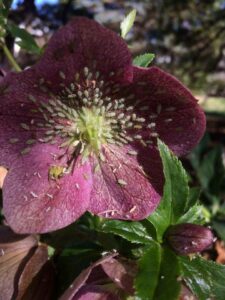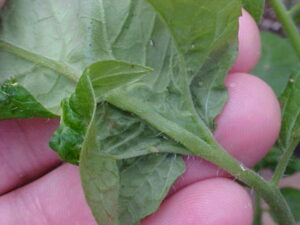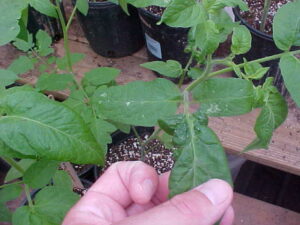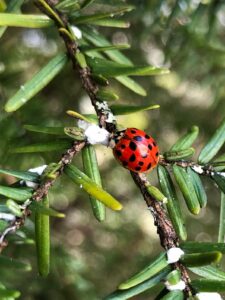Pest Alert – Aphids
go.ncsu.edu/readext?800402
en Español / em Português
El inglés es el idioma de control de esta página. En la medida en que haya algún conflicto entre la traducción al inglés y la traducción, el inglés prevalece.
Al hacer clic en el enlace de traducción se activa un servicio de traducción gratuito para convertir la página al español. Al igual que con cualquier traducción por Internet, la conversión no es sensible al contexto y puede que no traduzca el texto en su significado original. NC State Extension no garantiza la exactitud del texto traducido. Por favor, tenga en cuenta que algunas aplicaciones y/o servicios pueden no funcionar como se espera cuando se traducen.
Português
Inglês é o idioma de controle desta página. Na medida que haja algum conflito entre o texto original em Inglês e a tradução, o Inglês prevalece.
Ao clicar no link de tradução, um serviço gratuito de tradução será ativado para converter a página para o Português. Como em qualquer tradução pela internet, a conversão não é sensivel ao contexto e pode não ocorrer a tradução para o significado orginal. O serviço de Extensão da Carolina do Norte (NC State Extension) não garante a exatidão do texto traduzido. Por favor, observe que algumas funções ou serviços podem não funcionar como esperado após a tradução.
English
English is the controlling language of this page. To the extent there is any conflict between the English text and the translation, English controls.
Clicking on the translation link activates a free translation service to convert the page to Spanish. As with any Internet translation, the conversion is not context-sensitive and may not translate the text to its original meaning. NC State Extension does not guarantee the accuracy of the translated text. Please note that some applications and/or services may not function as expected when translated.
Collapse ▲Aphids can often be found on garden and landscape plants. Each spring and summer we get numerous questions about aphid damage.
There are many kinds of aphids and they can feed on just about any type of plant. In some areas, aphid droppings from infested pine, oak and poplar trees are covering roads, cars and landscape furniture with sticky residue. Rhododendron, hydrangea and other shrubs are infested as well.
Aphids are tiny sap-sucking insects that feed on the sap of plants. Their feeding, done with a needle-like mouth, can cause leaves of tender plants to curl. This curling causes the plant to distort and can eventually kill plants such as tomatoes.
Aphids feed on sugary sap from the host plant. The insect’s droppings are sugary as well. These sticky droppings can accumulate beneath affected plants covering anything underneath the plant. In some cases, the droppings can pile up and one of a number of fungi can grow on the sugary substrate. Fun fact: manna, which is mentioned in the Bible, is actually the accumulated sugary droppings from a relative of aphids.
One fungus that grows on aphid droppings is ‘sooty mold’. This dark fungus can cover surfaces where aphid droppings have evaporated leaving sticky sugar. Cars, porches, walkways, and patio furniture can become quite soiled.
Aphids can be controlled in many cases with a strong stream of water. Simply hose the tiny soft-bodied insects off of the plants. They cannot return to the plant. Repeat this process every three days until the infestation lessens.
In some cases beneficial insects may take care of the aphids. The larvae of ladybugs, green lacewings and syrphid flies eat aphids. If an aphid infestation is not causing too many problems, allowing beneficial insects a chance to get the infestation under control is an environmentally friendly option.
In some cases, pesticides might be necessary. Neem oil is a bio-rational pesticide option. The chemical is derived from a tree and breaks down very quickly. Pyrethroid insecticides will kill aphids and disappear quickly which benefits beneficial insects such as aphid-eating ladybugs. Systemic insecticides work as well however, these should be avoided on plants that are in flower. We do not want a systemic insecticide to come out in the nectar and harm bees, butterflies, or other nectar feeders.





